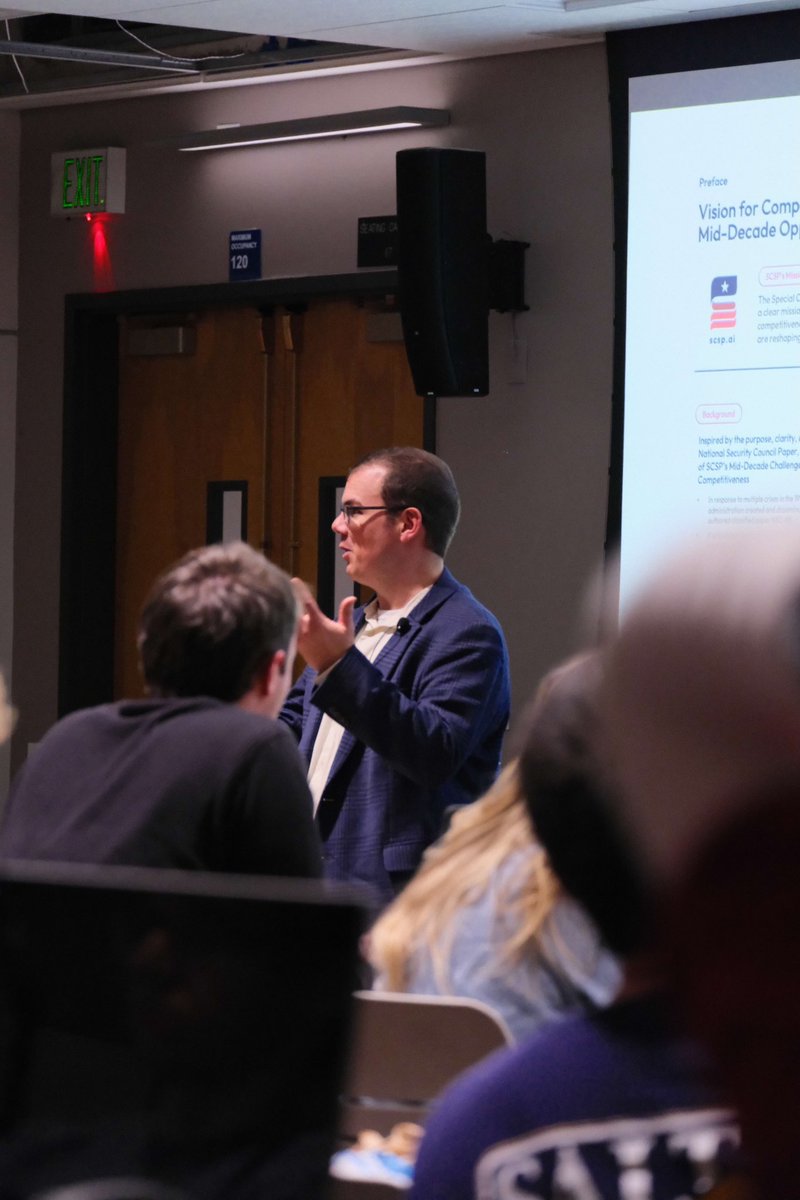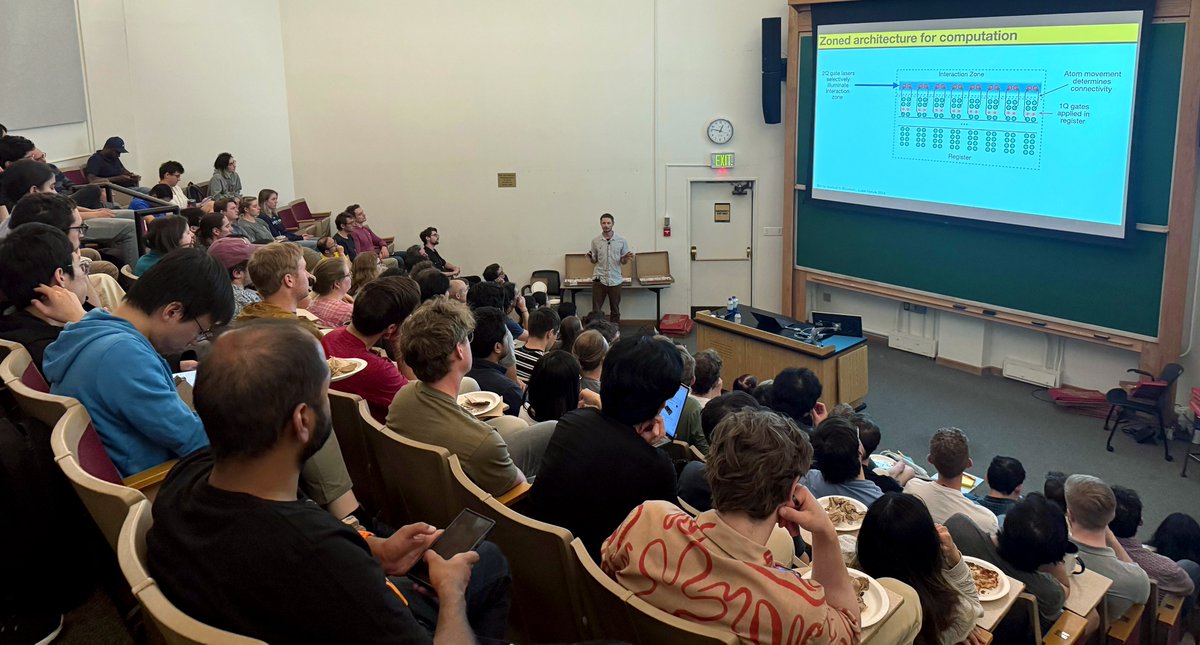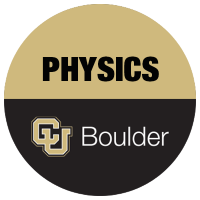
CU Boulder Physics
@cuboulderphys
Official Twitter account for the Department of Physics at the University of Colorado Boulder. #CUBoulderPhysics #PhysicsBuffs #BeBoulder
ID: 476271733
https://www.colorado.edu/physics 27-01-2012 23:29:38
563 Tweet
542 Followers
277 Following

🎓Congrats, Class of 2025! This week, #CUEngineering celebrated a distinguished & historic graduating class, including ~1,300 undergraduate students, the largest in college history, and 800 master's and doctoral students. Welcome to the #ForeverBuffs family! 💛🖤🦬 CU Boulder 🦬
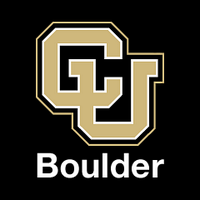


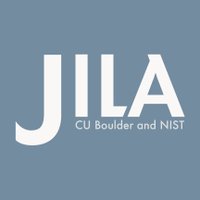
In a recent study published in Science Magazine, by JILA and National Institute of Standards and Technology Fellows and CU Boulder 🦬 CU Boulder Physics professors Jun Ye and Ana Maria Rey, interactions between atoms are explored in depth, focusing on superexchange processes that occur in a three-dimensional optical lattice.
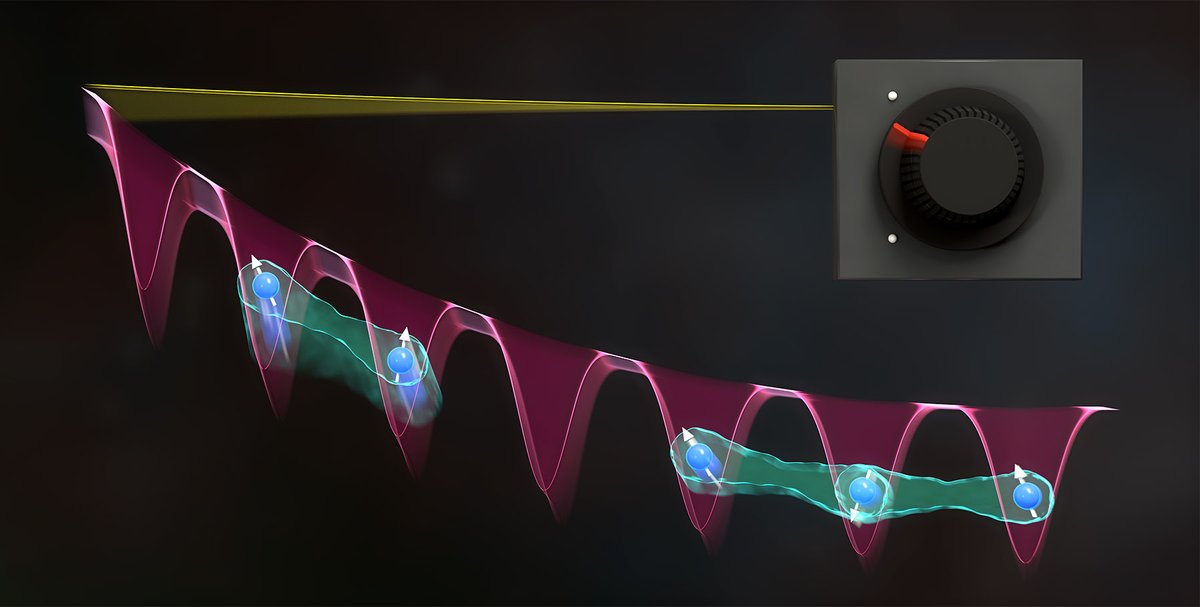

Students at CU Boulder 🦬 are getting a unique perspective on the quantum field through a program they themselves are helping to shape. 🤝 ✔️ quantum ✔️ community ✔️ fellowships CU’s Quantum Scholars program: colorado.edu/physics/2025/0… CU Boulder Engineering 🦬 CU Boulder College of Arts and Sciences

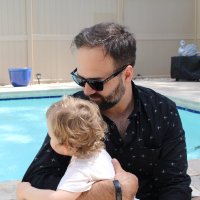
Pics of our CU Boulder Physics experimental nuclear physics group at the Brookhaven Lab RHIC/AGS Users Meeting! Grad student Sam Liechty won a Merit Award, post-doc JaeBeom Park and grad student Dan Lis gave sPHENIX talks, and I was happy to contribute to the "RHIC 25" Symposium.



Quite the group! Wave to our CU Boulder 🦬 CMS experiment collaborators 👋
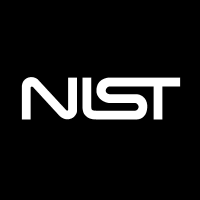
The best random numbers in nature: NIST and CU Boulder 🦬 have created a free public service that uses quantum entanglement to broadcast truly random numbers, which could be used for everything from fair audits to strong cryptographic keys. nist.gov/news-events/ne…
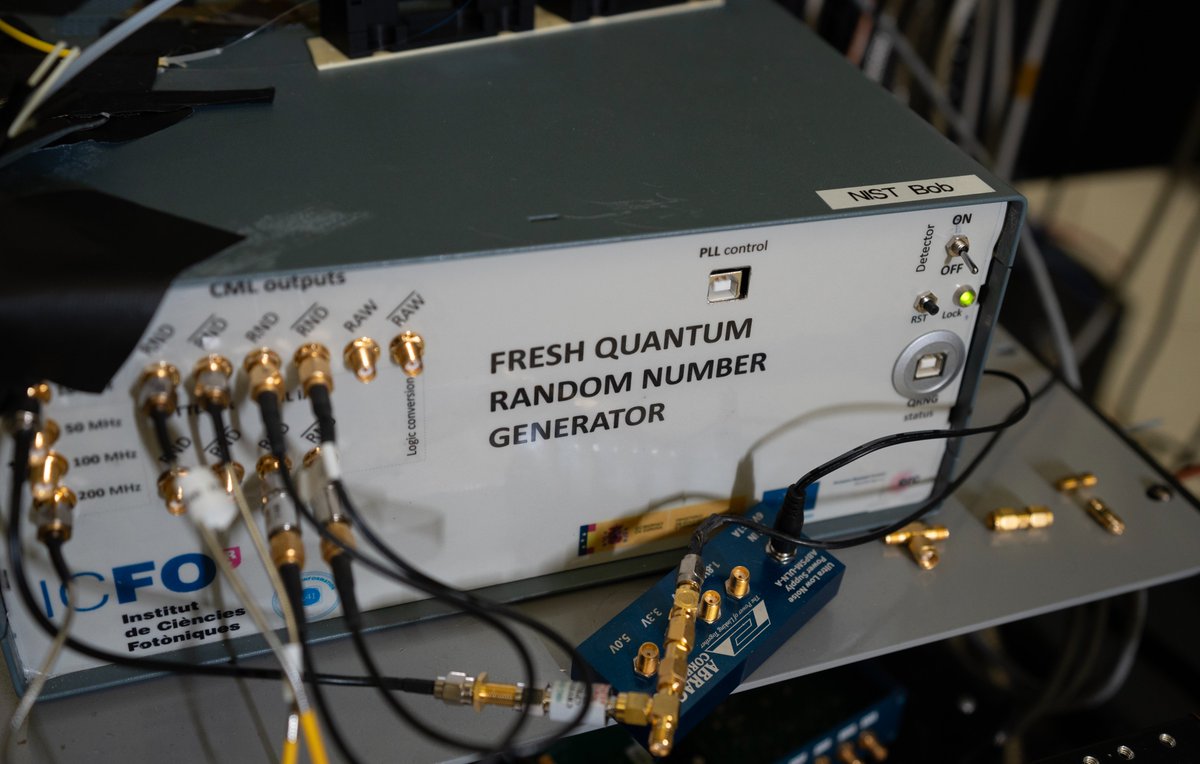

Congratulations to the 3 additional CU Boulder Physics graduate students awarded NSF Graduate Research Fellowships! 👏

Exciting start of sPHENIX data-taking with Au+Au beams at the Brookhaven Lab Relativistic Heavy Ion Collider! Our CU Boulder Physics team Tanner Mengel, Dan, Joey, and Sam were in the control room for first collisions, and myself as (a very tired) Shift Leader the week after. 💪


JILA Fellow Jun Ye is featured in Knowable Magazine for his groundbreaking work capturing the universe in attoseconds — that’s a billionth of a billionth of a second! Discover how his research is redefining precision and unlocking the secrets of dark matter. knowablemagazine.org/content/articl…

Congratulations to CU Boulder 🦬 alum Olivia Krohn (PhDPhys’23)! 👏

Congratulations to CU Boulder 🦬 alum Dan Herman (PhDPhys’22)! 👏

Check out how Quantum Scholars has helped Arjun Dalwadi, a rising ECEE junior, find a wider quantum-focused scientific community CU Boulder 🦬 ⤵️


An ion clock is measuring time down to the 19th decimal place 🤯 The team of scientists behind this work includes CU Boulder 🦬 physics PhD students, faculty and alumni!

Recent CU Boulder 🦬 grad Andrew Sapuppo (AeroEngr, EngrPhys’24) is reaching new heights in aerospace 🚀 📣 Forever Buffs 🦬 CU Boulder Engineering 🦬 colorado.edu/physics/2025/0…

New funding from Special Competitive Studies Project will support growing student demand for the Quantum Scholars program CU Boulder 🦬, providing approximately 25 new student scholarships! 📣 CU Boulder College of Arts and Sciences | CU Boulder Engineering 🦬 Read more: colorado.edu/physics/2025/0…
